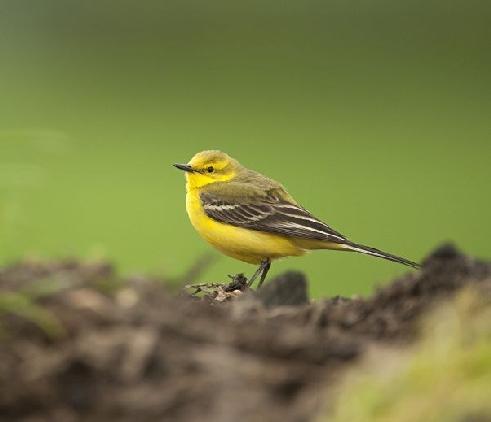
3 minute read
ChichesterHistory-North Mundham
By local historian Andrew Berriman
St Stephen's Church restoration 1883
Advertisement
When writing these articles I need to remember that the village is not the same as the parish. Take North Mundham. The village is compact, whereas the civil parish stretches north to the A27 Chichester Bypass and south to the North Wall on Pagham Harbour. Within its boundaries are settlements such as South Mundham, Runcton, Fisher, Bowley, and Honer. North Mundham used to be a traditional Sussex village. Its Lord of the Manor was Mr. William Fletcher (1852-1941), who lived in Bognor at Aldwick Manor (which became Hotham Park House in 1947). His brother, the Revd John Fletcher was the vicar of North Mundham from 1882 until 1926. At the start of his ministry, aged just 27, he decided to enlarge St Stephen’s Church at his own expense. Swept away were the box pews, servants’ gallery, music gallery, brick floor, not to mention the north, south and east walls. The whole chancel was new. All that was left was the tower and the Sussex marble font. Its hinges enabled the font to be locked, thus preventing its Holy Water from being stolen by the Devil or mischievous locals. The architect of this major restoration in 1883 was Arthur Blomfield, later to be knighted. There survives a striking photograph of him, posing shirt-sleeved on the scaffolding of the new chancel, his drawings to hand. Below him is the vicar, more formally dressed. The work was completed within seven months at a cost of £5,600, and by December 1883 the church had been re-consecrated by Bishop Durnford of Chichester. Soon after completion of this project Blomfield rebuilt nearby St Leodegar’s Church, Hunston in 1885. The vicar lived in some style at the vicarage, with five gardeners and a cowman. His 11-acre garden had tennis court, croquet lawn, and paddock, and was used for village flower shows and church fêtes. He was a keen gardener, with a highly valued collection of orchids. During WW2 huts were built in the garden for RAF servicemen stationed at RAF Merston, actually located just north of the Walnut Tree Inn in Runcton. It was a satellite airfield for the dispersal of fighter aircraft from RAF Tangmere. The huts were later used as a Prisoner of War camp, before becoming two large council estates, Fletcher Close and Fletcher Place, after the vicarage was sold off in 1955. The vicarage itself was converted into luxury flats, and the vicarage garden was replaced by two large council housing estates. Cheek by jowl with the church had been a large thatched Sussex barn and pigeon house, which provided winter meat, belonging to Pigeon House Farm. The barn was later pulled down on the orders of the Lord of the Manor, who feared a thatch fire might easily spread to the church. That we know so much about village life in North Mundham is thanks to a remarkable collection of slides made by Revd Edmund Outram, who was the vicar from 1939-68. The views had been originally taken by photographers earlier in the 20th century and were glass plates. Outram converted them into glass slides, projected by a lantern, and these Outram Slides provide a fascinating snapshot of village life. Two of my favourites are of the former pub, the Island Cottage, and the splendid bus which took villagers on an excursion to the British Empire Exhibition at Wembley in 1925. The tyres are solid and there is no roof, though 1926 bus maybe there was a hood in case of rain. The bus was licensed to carry no more than 32 passengers, at a maxiumum speed of 12mph. It must have been a long, slow journey. Today the landscape around North Mundham, particularly the old airfield site, is dominated by huge glasshouses growing salad crops, mainly lettuce and tomatoes, and then there is the Southern Leisure Lakeside Village, created out of ten former gravel pits, and much favoured by anglers and water sports enthusiasts.











